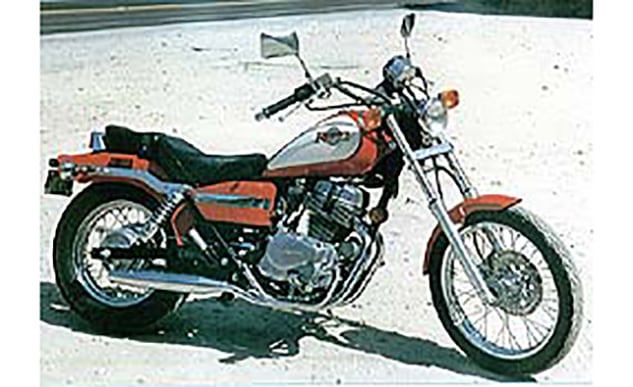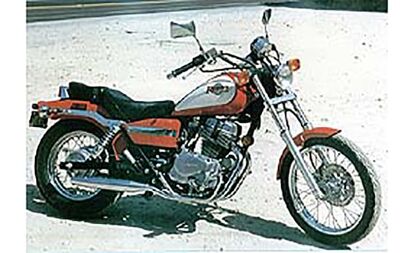Church Of MO: First Impression: 1996 Honda Rebel 250

The Honda Rebel 250 is probably the bike many of us rode when we were taking our Basic Rider Course. Even though I didn’t know what I was doing back then, when I rode the bike while trying to get my license, I could still tell it was a bit of a turd. A lack of experience meant I couldn’t put my finger on exactly why, though I chalked it up to being used and abused after having gone through the hands of many new riders.
For this Church feature, we look back at the 1996 version of the Rebel 250 and see if current memories align with what MO testers thought of the bike back in the day. Did a new Rebel provide a little more enjoyment than an old, abused one?
First Impression: 1996 Honda Rebel 250
Rebel With A Cause
The Rebel 250 has wandered in and out of Honda’s lineup for several years. For 1996 the Rebel is in, and Honda will probably find it in their heart to forgive you if you didn’t notice this while drooling over the CBR900RR or the Valkyrie.
Yes, the Rebel is back to fill a small but stable market niche for a lightweight novice bike with a low seat. There’s only one way to say it: This bike was made for short people.
Very short people, actually. At a relatively stubby 5’6″, our shortest tester was barely small enough to fit on the bike. The suspension didn’t bottom out and his elbows didn’t touch his knees, but it would have been much more comfortable if the bars, pegs, and seat had all been about an
inch further from each other.
This flickability makes the Rebel an entertaining ride. It has more ground clearance than most cruisers, and the light weight actually makes riding the local canyons fun. There is sinful pleasure in pushing this little bike through a corner with the peg grinding away.
For a rider with any experience, the lack of power from the air-cooled twin would be a problem. Tucked in as tightly as we could get, we saw an indicated 80 mph on the speedometer. To its credit, the bike was quite happy to deal with this sort of abuse, and displayed no scary traits at speed. Of course, Honda hasn’t aimed this bike at experienced riders, and novices will find the power output unintimidating.
All nitpicking aside, the only real problem is that Honda hasn’t priced this motorcycle as cheaply as we would like to see. At $3999, it is a hundred dollars more than a Yamaha Virago 250, and only a hundred dollars less than Suzuki’s GS500E. So who wants a Rebel? If you’re looking for a novice-level motorcycle and can’t find another bike on the market that will fit you, then the little Honda could work out nicely.
Manufacturer: HondaModel: 1996 CMX250CPrice: ,999Engine: sohc, 2-valve TwinBore x stroke: 53mm x 53mmDisplacement: 234ccCarburetion: 26mm Keihin CVTransmission: 5-speedWheelbase: 57.1 in.Seat height: 26.6 in.Fuel capacity: 2.6 gal.Claimed dry weight: 306 lbs.

Troy's been riding motorcycles and writing about them since 2006, getting his start at Rider Magazine. From there, he moved to Sport Rider Magazine before finally landing at Motorcycle.com in 2011. A lifelong gearhead who didn't fully immerse himself in motorcycles until his teenage years, Troy's interests have always been in technology, performance, and going fast. Naturally, racing was the perfect avenue to combine all three. Troy has been racing nearly as long as he's been riding and has competed at the AMA national level. He's also won multiple club races throughout the country, culminating in a Utah Sport Bike Association championship in 2011. He has been invited as a guest instructor for the Yamaha Champions Riding School, and when he's not out riding, he's either wrenching on bikes or watching MotoGP.
More by Troy Siahaan



































Comments
Join the conversation
What the Hell?